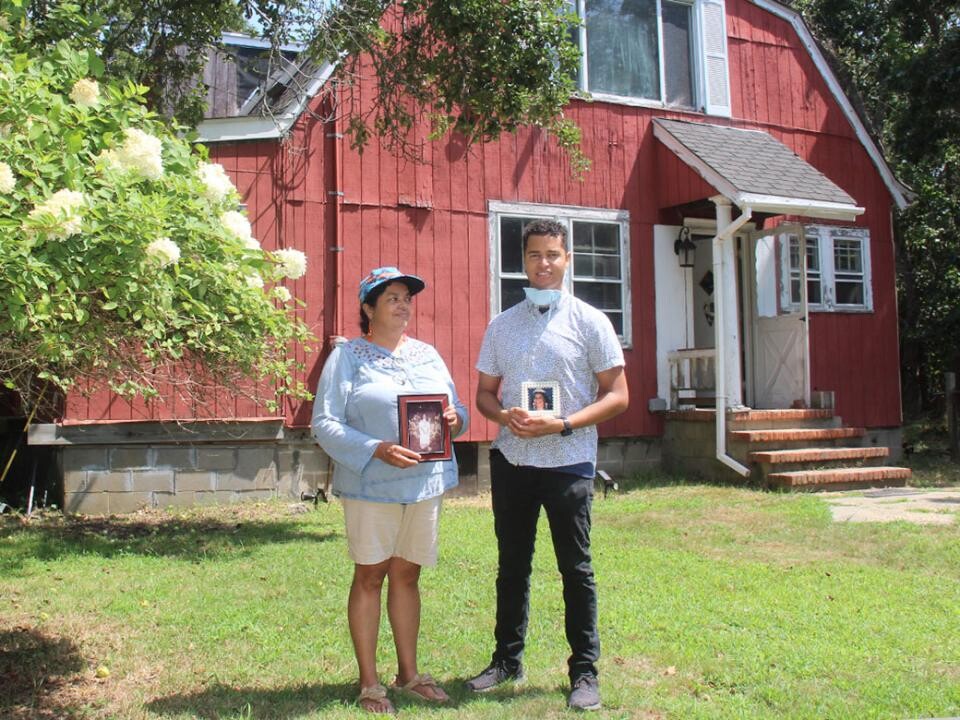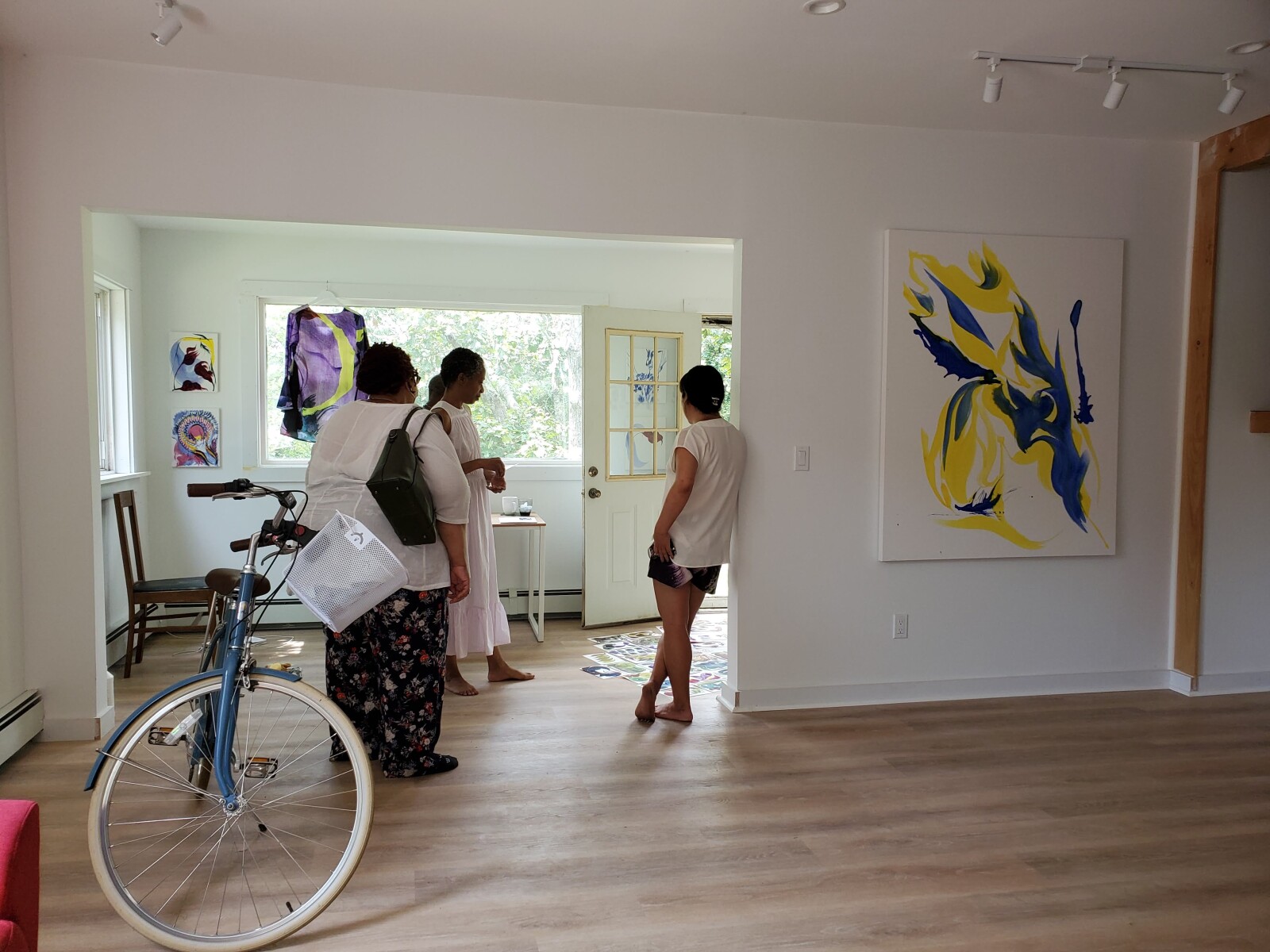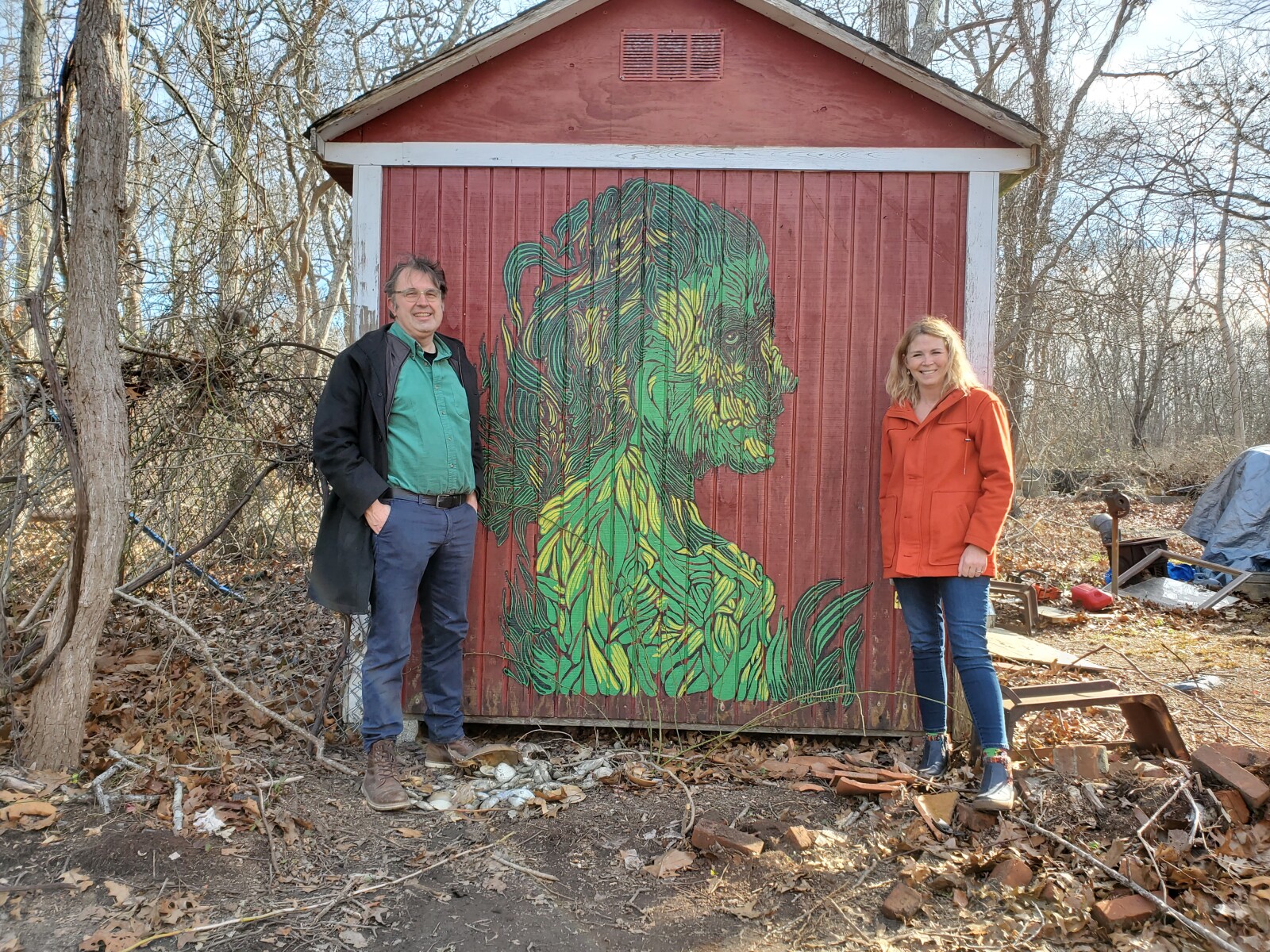Cultivist Conversations with Jeremy Dennis
25 Jul 2025The Shinnecock Indian Nation is a federally recognized tribe whose ancestral homelands are located on the eastern end of Long Island, in present-day Southampton, New York. With a history of self-governance and continuous presence in the region, the Shinnecock have maintained a deep relationship with the land and surrounding waters for thousands of years. Artistic traditions such as beadwork, basketry, and oral storytelling continue to play vital roles in preserving community memory and cultural identity across generations.
Contemporary Native American artists build on long-standing traditions while engaging with urgent social, political, and environmental concerns. Working across media, they challenge stereotypes, address the legacies of colonialism, and assert Indigenous sovereignty through both visual and conceptual innovation. Rooted in place and community, their work often reflects a strong commitment to cultural preservation, land stewardship, and intergenerational knowledge. Within this broader context, initiatives like Ma’s House reflect a growing movement to reclaim narrative authority and foster spaces where Indigenous voices and creative practices can thrive.
Founded by artist and Shinnecock Nation citizen Jeremy Dennis, Ma’s House is a creative community space located on the Shinnecock Indian Reservation. Established in June 2020, the initiative transformed his grandmother’s 1960s family home into a welcoming hub for Black, Indigenous, and People of Color (BIPOC). Ma’s House now hosts an artist residency programme, a shared studio, and a growing communal library, while offering arts and culture programming for both Shinnecock community members and the wider public.
In addition to his work at Ma’s House, Jeremy is a contemporary fine art photographer whose practice explores Indigenous identity, culture, and the ongoing impacts of settler colonialism. Through staged, cinematic imagery informed by Native oral histories and lived experience, Dennis confronts historical erasure and asserts space for Indigenous presence and self-representation. In this conversation, he reflects on the founding of Ma’s House, its evolving role in the community, and the role of art as a tool for both resistance and healing.
Q: What inspired you to transform your family home into Ma’s House, and how has the space evolved since its founding in 2020?
A: When the pandemic hit in 2020, like many others, I found myself at home — in my case, back at my grandmother’s house on the Shinnecock Reservation. That time brought deep reflection. I kept thinking about how this home, Ma’s House, had always been a place of gathering, care, and culture for our family and community. My grandmother, Loretta Silva — or Princess Silva Arrow — was the matriarch of our family and a beloved community member. After she passed, it felt right to honor her memory by turning her home into something that would continue nurturing others.
So, with the support of my family and community, I began transforming Ma’s House into a creative sanctuary for BIPOC artists. What began as a dream and a renovation project has now grown into a fully functioning artist residency, exhibition space, and communal library. We've hosted over 65 artists-in-residence and held dozens of exhibitions and public programs. The house has truly evolved into what I hoped it would be — a space for healing, creation, and storytelling rooted in Indigenous values.
Q: How does Ma’s House serve the Shinnecock community specifically, and what role does it play for other Black, Indigenous, and People of Color artists?
A: Ma’s House is first and foremost grounded in the Shinnecock community. It’s located on our reservation and shaped by our histories, our needs, and our vision for the future. We host workshops for Shinnecock youth and families, partner with tribal members to present exhibitions and performances, and uplift local Indigenous artists through every aspect of our programming.
For BIPOC artists more broadly, Ma’s House offers a rare experience: a residency space that not only centers marginalized voices but is also led by someone who shares those experiences. Many of the artists who come here tell me it’s the first time they've felt fully seen and supported in their creative work. They get to connect with the land, with our stories, and with one another — building solidarity across cultures and identities. Ma’s House becomes a container for both personal transformation and collective dialogue.
Q: Can you share how Ma’s House balances its role as both an artist residency and a cultural centre that welcomes the wider public?
A: That balance is something we think about all the time. We want to protect the privacy and creative freedom of our resident artists while also offering opportunities for the public — both Shinnecock community members and non-Indigenous visitors — to engage with their work.
We do this through regular open studio days, exhibitions, and public events like artist talks, film screenings, and workshops. Our library is also open during visiting hours, and we always try to keep the space warm and welcoming for anyone who stops by. Ultimately, we see Ma’s House as a living, breathing space — one that adapts to meet the needs of both our artists and our community.
Q: In what ways does your own photographic practice inform the programming and mission of Ma’s House?
A: My photography practice is deeply tied to storytelling and reclaiming narrative space. I use staged, cinematic imagery to explore Indigenous identity and challenge the colonial gaze — work that’s often inspired by Shinnecock oral histories and land-based knowledge.
That same commitment to storytelling, visibility, and self-representation is at the heart of Ma’s House. I think of the house as an extension of my practice — a broader canvas where others can tell their stories, too. As a curator and program leader, I’m always drawn to artists whose work is bold, rooted, and deeply personal. I want the programming at Ma’s House to reflect the diversity, complexity, and power of BIPOC artistic voices.
Q: How do you see Ma’s House contributing to the broader conversation around Indigenous sovereignty, cultural preservation, and creative resistance today?
A: Ma’s House is one small but powerful part of a much larger movement — a wave of Indigenous and BIPOC-led spaces reclaiming land, language, and cultural agency. In a world that continues to erase our stories, spaces like Ma’s House are acts of resistance. They say: we are still here, our cultures are still vibrant, and our futures are worth investing in.
By centering Indigenous knowledge and offering a platform for artists who are too often marginalized, Ma’s House helps shift the narrative. It offers not just critique, but possibility. And that’s what I hope people take away — that art is not only a tool for survival, but a tool for imagining and building new worlds rooted in justice, memory, and connection.



